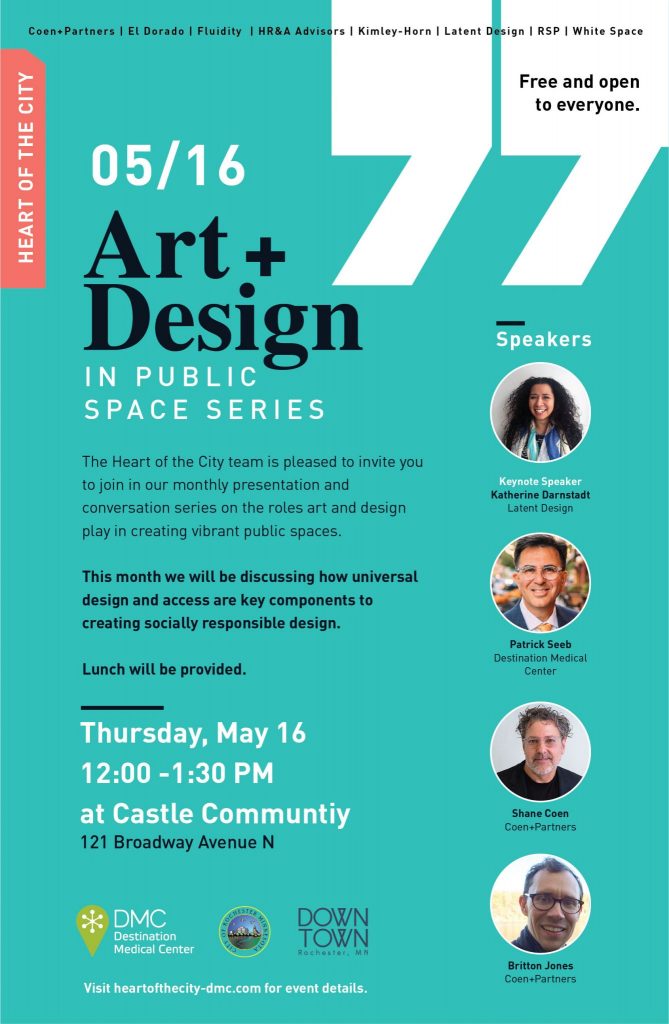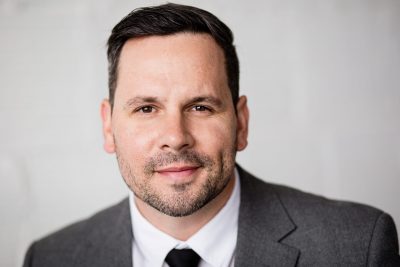
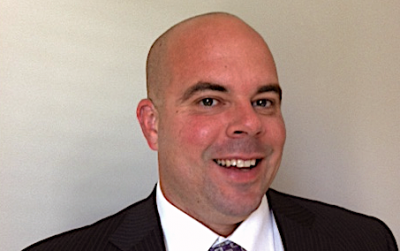
Founded by Rochester brothers Scott and Eric Snyder in 2014, Geneticure is a precision medicine startup aimed at reducing trial and error for treatment of hypertension patients.
Geneticure’s technology examines specific segments of patient DNA taken from a mouth swab to determine which medications will be most effective for that patient.
“Geneticure’s premise is built on the fact that we think large diseases and dangerous diseases can be better treated by using genetics to guide medicine and therapy,” said Geneticure CEO Scott Snyder. “There are clues in your DNA that will predict how you will respond to certain medications and therapies.”
Since the launch of the business over four years ago, Geneticure has now grown to a team of twelve, split between scientific and business development leads. While their focus remains on hypertension, the startup has additional products for different diseases in their development pipeline. Snyder said the business has been intentionally quiet for the past few years while validating their original hypertension product through clinical trial work. Now, Geneticure is gearing up to commercialize their solution to reduce trial and error for treatment of hypertension patients.
“We spent four years building evidence and so we are proud of what we’ve built. Now we want to tell people about it,” explained Snyder.
As companies like Geneticure launch and grow in Rochester, there are more opportunities to access local capital. Geneticure has secured investment support from the Rochester Area Economic Development Inc. economic development fund and from the Southeast Minnesota Angel Fund.
While Geneticure’s team is spread all over the country, they have a large presence in both the Twin Cities and Rochester. The business began their journey in Rochester at the Mayo Clinic Business Accelerator. After graduating from that space, they moved to a new location in “The Vault” above Grand Rounds Brew Pub in Destination Medical Center’s Discovery Square subdistrict.
Snyder said Rochester has a lot of benefits of a bigger city but is easy to navigate. And most exciting for Snyder and Geneticure is the growing entrepreneurship and “diversity of thought and people.”
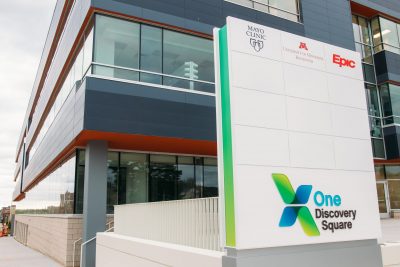
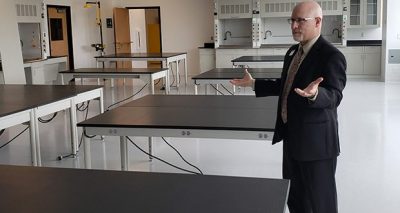
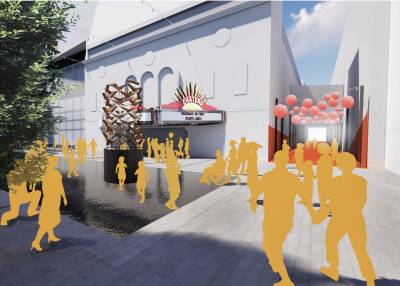
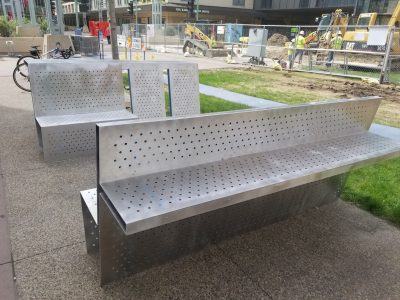
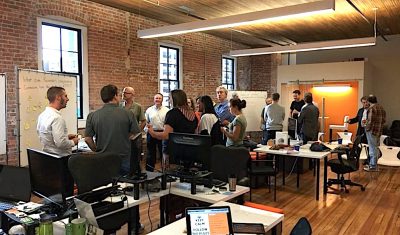
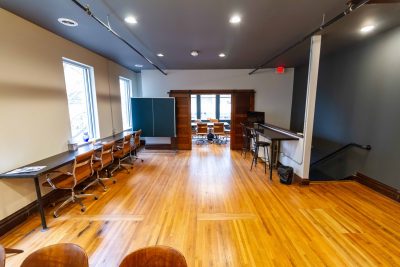
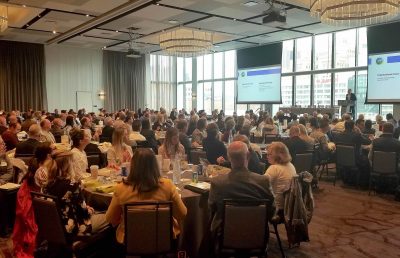 With the workforce in the Destination Medical Center (DMC) district projected to nearly double by 2040, how best to efficiently move those thousands of new employees in and out of downtown Rochester is a top priority for DMC planners and city officials.
With the workforce in the Destination Medical Center (DMC) district projected to nearly double by 2040, how best to efficiently move those thousands of new employees in and out of downtown Rochester is a top priority for DMC planners and city officials. So how exactly is Rochester and the DMC planning to tap the TOD phenomenon? That question was addressed by Deputy Rochester City Administrator Aaron Parrish, who described how – pending federal funding — BRT is to play a crucial role in providing a reliable, frequent and comfortable connection between downtown employers and a pair of remote “Transit Villages” – one to be built at Mayo’s West Lot near Cascade Lake and the other at Graham Park in the southeast of the city.
So how exactly is Rochester and the DMC planning to tap the TOD phenomenon? That question was addressed by Deputy Rochester City Administrator Aaron Parrish, who described how – pending federal funding — BRT is to play a crucial role in providing a reliable, frequent and comfortable connection between downtown employers and a pair of remote “Transit Villages” – one to be built at Mayo’s West Lot near Cascade Lake and the other at Graham Park in the southeast of the city. 